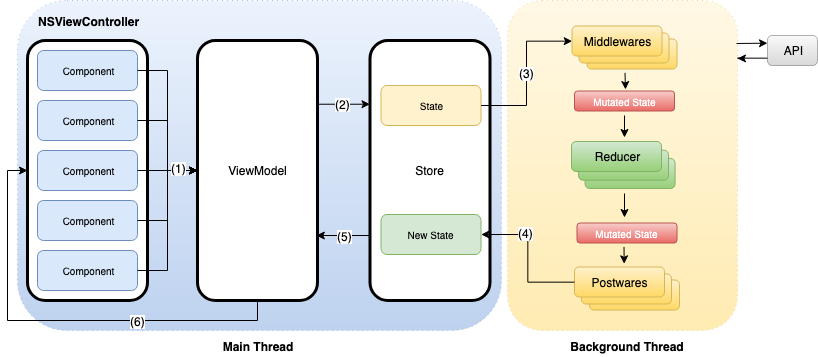Tour - Redux Mac OS
Start up from macOS Recovery
Take a tour of MacBook Air Note: This guide is for the current 13-inch MacBook Air with Apple M1 chip. If you’re not sure which model you have or want to find information and documentation for other models, see the Apple Support article Identify your MacBook Air model. A couple of months ago, I decided to try compiling the Doom 3 open source code - called Dhewm3 - in order to replay one of my favourite games. The vanilla Doom 3, a 32-bit app, doesn't work on Catalina, but Dhewm supports 64-bit and many other improvements, so I gave it a go - and succeeded. We do not recommend installing additional add-ons or plugins into Tor Browser. Plugins or addons may bypass Tor or compromise your privacy. Tor Browser already comes with HTTPS Everywhere, NoScript, and other patches to protect your privacy and security.
Redux System Requirements To run Redux, you’ll need a Mac with Mac OS X 10.9 or later, a Windows PC running Windows 7, 8 or 10 (32 or 64-bit), or Linux with glibc = 2.27 (e.g. For more details, see system requirements: Renoise Demo Restrictions. No ASIO support on Windows; Rendering to.wav is disabled. The Apple OS X User Group tour comes to the Telford Community Building in Telford, PA, on Thursday, Aug. The public is invited to join members of area MUGs (Mac User Groups) from.
Determine whether you're using a Mac with Apple silicon, then follow the appropriate steps:
Apple silicon

Turn on your Mac and continue to press and hold the power button until you see the startup options window. Click the gear icon labeled Options, then click Continue.
Intel processor
Make sure that your Mac has a connection to the internet. Then turn on your Mac and immediately press and hold Command (⌘)-R until you see an Apple logo or other image.
If you're asked to select a user you know the password for, select the user, click Next, then enter their administrator password.
Reinstall macOS
Select Reinstall macOS from the utilities window in macOS Recovery, then click Continue and follow the onscreen instructions.
Follow these guidelines during installation:
- If the installer asks to unlock your disk, enter the password you use to log in to your Mac.
- If the installer doesn't see your disk, or it says that it can't install on your computer or volume, you might need to erase your disk first.
- If the installer offers you the choice between installing on Macintosh HD or Macintosh HD - Data, choose Macintosh HD.
- Allow installation to complete without putting your Mac to sleep or closing its lid. Your Mac might restart and show a progress bar several times, and the screen might be empty for minutes at a time.
After installation is complete, your Mac might restart to a setup assistant. If you're selling, trading in, or giving away your Mac, press Command-Q to quit the assistant without completing setup. Then click Shut Down. When the new owner starts up the Mac, they can use their own information to complete setup.
Tour - Redux Mac Os 11
Other macOS installation options
When you install macOS from Recovery, you get the current version of the most recently installed macOS, with some exceptions:
- On an Intel-based Mac: If you use Shift-Option-Command-R during startup, you're offered the macOS that came with your Mac, or the closest version still available. If you use Option-Command-R during startup, in most cases you're offered the latest macOS that is compatible with your Mac. Otherwise you're offered the macOS that came with your Mac, or the closest version still available.
- If the Mac logic board was just replaced, you may be offered only the latest macOS that is compatible with your Mac. If you just erased your entire startup disk, you may be offered only the macOS that came with your Mac, or the closest version still available.
Tour - Redux Mac Os X
You can also use these methods to install macOS, if the macOS is compatible with your Mac:
Tour - Redux Mac Os Download
- Use the App Store to download and install the latest macOS.
- Use the App Store or a web browser to download and install an earlier macOS.
- Use a USB flash drive or other secondary volume to create a bootable installer.